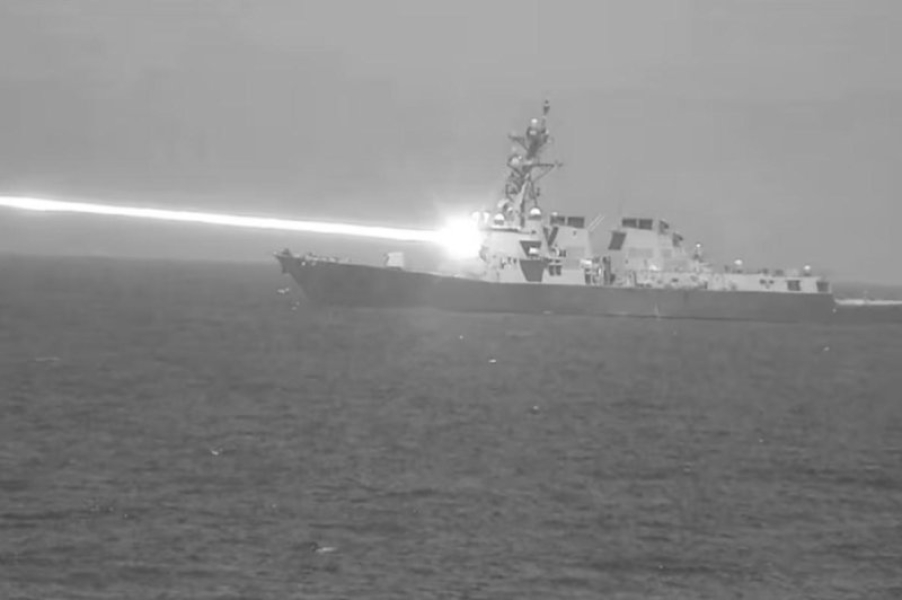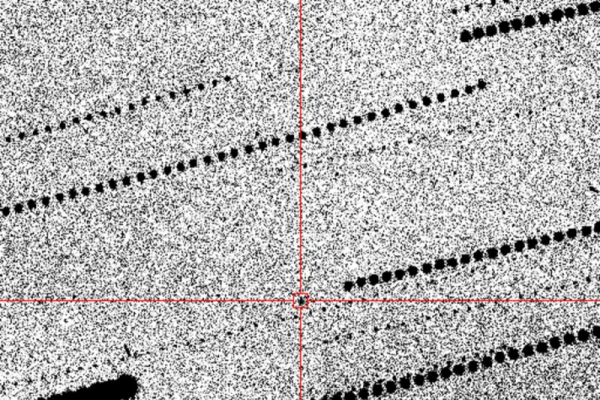
The U.S. Navy has developed a directed energy weapon system capable of intercepting unmanned aerial vehicles and possibly cruise missiles while improving the effectiveness of maritime operations in combat zones.
The weapon is a high-energy laser equipped with an optical blinder and surveillance system, better known as HELIOS. The Navy successfully tested the system last year, with additional testing planned for 2025.
The HELIOS system is a direct-kill energy weapon that the Navy says is effective in intercepting airborne threats to U.S. Navy ships and other targets.
A U.S. Navy crew aboard the destroyer USS Preble at an undisclosed time and location confirmed the HELIOS system was operational during a demonstration conducted to “validate and validate the functionality, performance, and capabilities” of the system “against an unmanned aerial vehicle,” according to the 498-page Defense Department Operational Test and Evaluation 2024 report on page 388.
The US Defense Countermeasures Center supported the testing and collected imagery confirming the effectiveness of HELIOS as a viable countermeasure against low-cost drones and other weapons.
Lockheed Martin engineers have developed the HELIOS directed energy system, which uses a 60-kilowatt laser that can blind intelligence, surveillance and reconnaissance sensors mounted on drones, Newsweek reports.
Laser weapons fire concentrated energy at the speed of light, with potentially unlimited firepower, at a fraction of the cost of firing a traditional weapon such as a missile at a relatively inexpensive drone.
HELIOS can also provide the Navy with long-range intelligence, surveillance and reconnaissance capabilities, allowing it to identify potential combat targets and assess battle damage.
The US Navy's 2025 budget includes funding for testing the HELIOS anti-cruise missile system, Naval News reports.
Lockheed Martin has developed the HELIOS system, which can be installed on U.S. Navy destroyers based in Japan to counter Chinese military drones deployed in the East China Sea. The USS Preble was recently deployed to Japan.
“Lockheed Martin and the U.S. Navy share a common vision and enthusiasm for developing and delivering breakthrough laser weapons systems,” said Rick Cordaro, vice president of Lockheed Martin Advanced Product Solutions, in an August 2022 press release.
“HELIOS increases the overall effectiveness of the ship’s combat system to deter future threats and provide additional protection for sailors, and we recognize that we must provide scalable solutions that align with Navy priorities,” Cordaro said.
“HELIOS lays a solid foundation for the gradual development of reliable and powerful laser weapon systems.”
Lockheed Martin officials say HELIOS is the first tactical laser weapon system integrated into existing ships, giving the U.S. Navy fleet directed-energy warfare capabilities.
According to Lockheed Martin, the HELIOS multi-function system also supports a layered defense architecture due to its low cost to target, speed of delivery, and precision response capability.
Sourse: www.upi.com





